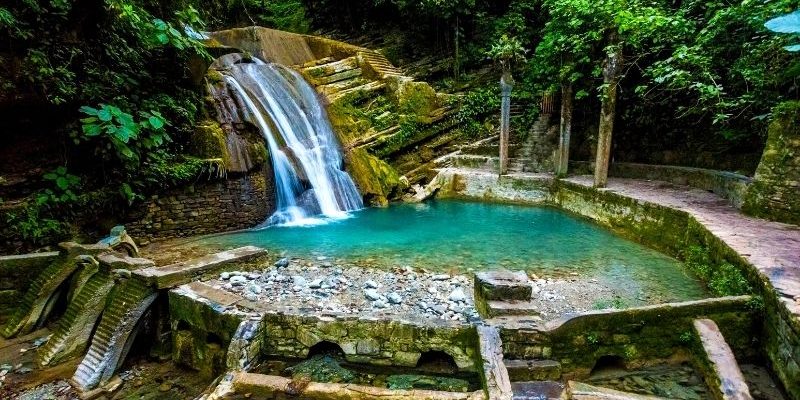Xilitla
Perhaps the most surrealist of all the Pueblos Magicos, Xilitla is a sprawling, overt, and unhinged challenge to everything you think a destination should be.

Xilitla is often cited as one of the most noteworthy of the Pueblos Magicos of Mexico. In part, this is because Xilitla is mostly famous for the uncanny surrealist gardens just outside of the town center.
Las Pozas is the multi-decade work of the English artist, Edward James (1907–1984). He worked on the complex from the early 1950s until his death in 1984. It was originally purchased as a coffee plantation. But, upon opening to the public in 1991, it quickly surpassed anything else in the region for its eerie calm, otherworldly beauty, and dramatic indifference to contemporary
trend, taste, or talking point. A remarkable environmental work, it needs to be experienced at least once in a lifetime.
Xilitla, on the other hand, is a seemingly conservative small town. Multi-tiered even in a single story, the town sprawls with the fame the nearby garden affords it. The Huasteca region is already famous for the tremendous abundance of waterfalls, jungles, rain forests and natural life. Amidst all this, the town seems as exotic as any on offer.
After Las Pozas, visitors take off for the Salitre Cave, the Sótano de Tlamaya, the Grutas de Xilitla, and the Parador el Paraíso. The old Monastery of San Agustin slumbers in shadowed remorse. An excellent collection of Leonora Carrington works is also on view.
The local food scene moves to Huastecas enchiladas with jerky, bocoles, zacahuil, and beef barbecue. But the restaurant scene is incredibly wide and varied. Try to take in a few.
People here make violins, rag dolls and stuffed toys. The craft scene remains remarkable and vibrant even in the age of dull cell phones and digital whizmos.
The Fiesta de San Agustín takes place in late August through the first days of September every year. The town comes alive and visitors will never forget it.
Xilita is some 8.5 to 10 hours northeast of Mexico City when traveling by bus. You can drive it in about 5.5 hours, but the Huastecan city seems always just beyond ordinary adventure. Try to make it.